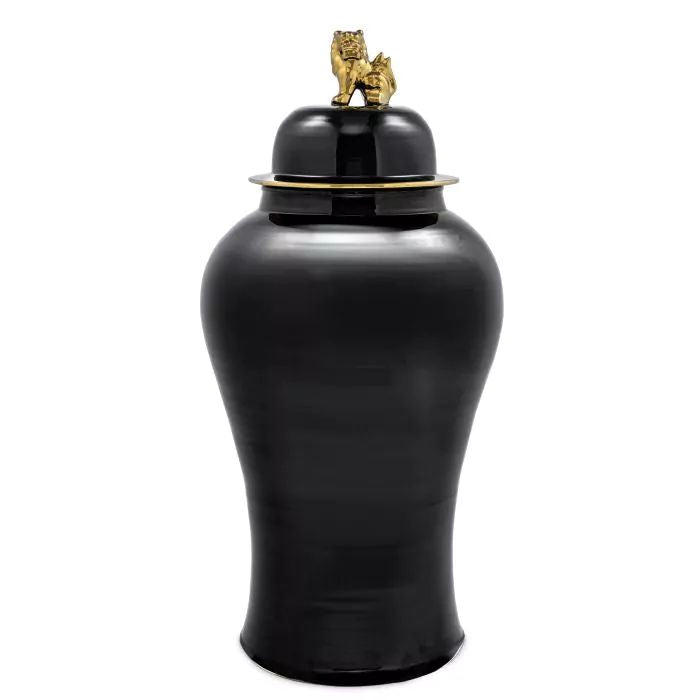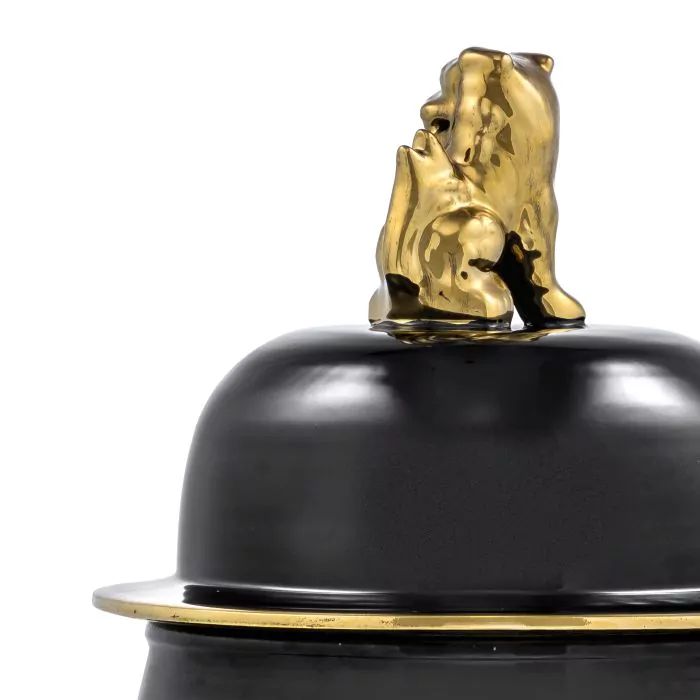




Informations
by EICHHOLTZ
Model: Vases
Production year: 2023
Designer: Eichholtz
Dimensions
Height: 115 cm
Width: 54 cm
Brand
Specifications
Care
Tag
Expected shipping in 4 weeks.
Worldwide Shipping (Curbside Delivery).
Need a White Glove delivery? Contact us.
A Luxury of Homes professional is always available for advice and support in choosing your product.
CATALOGUE

2024 collection






